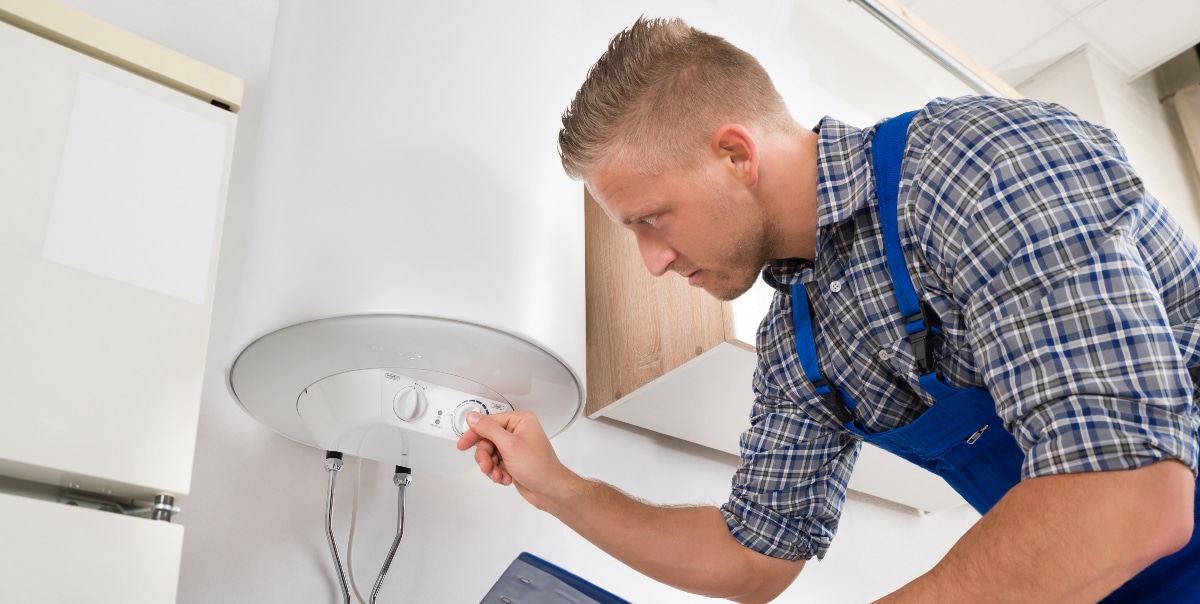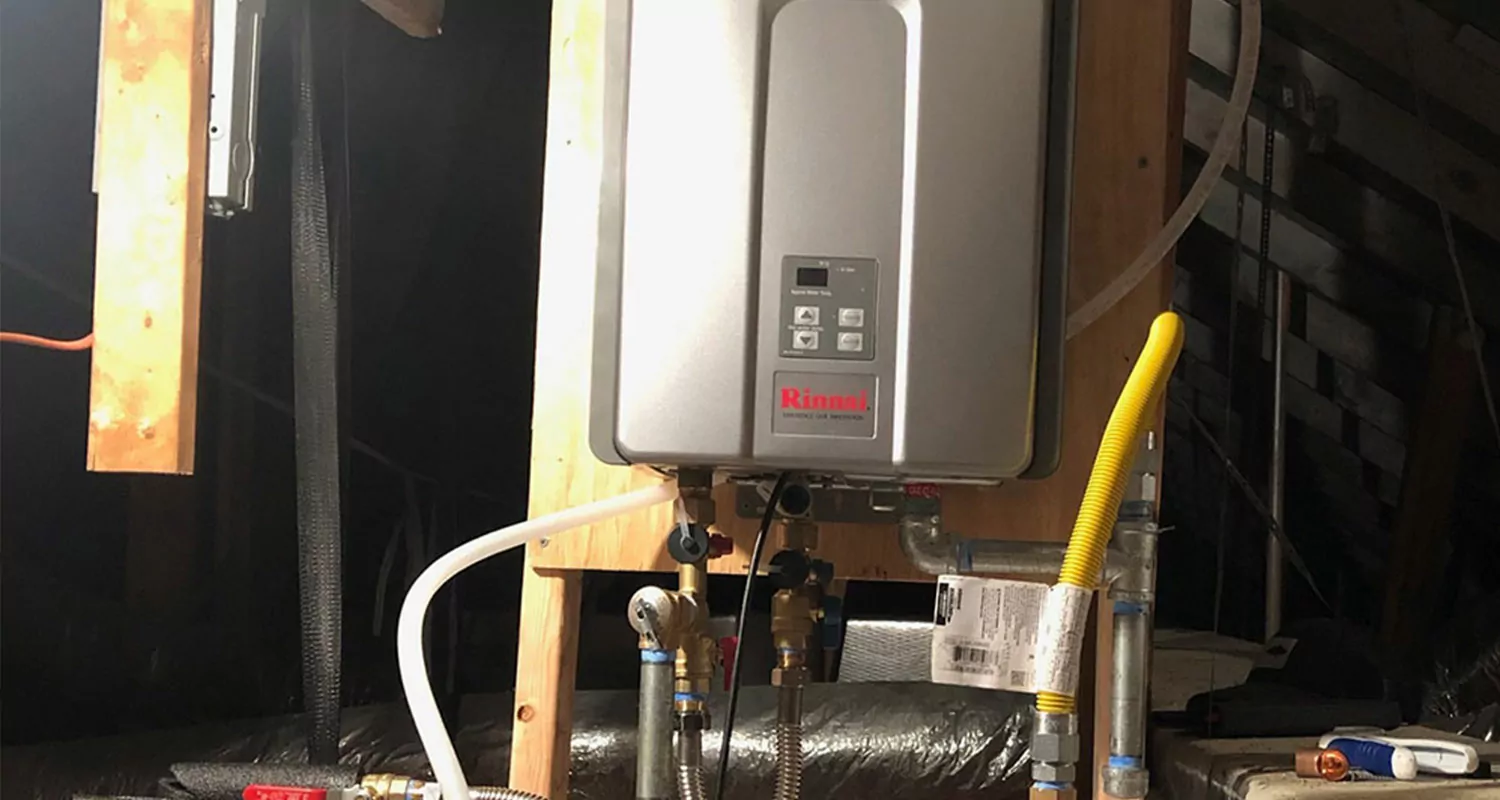Step-by-Step Steps to Caring for Your Home's Hot Water SystemKey Care Strategies for Your Home's Hot Water SystemHow to Properly Maintain Your Home's Hot Water System
Step-by-Step Steps to Caring for Your Home's Hot Water SystemKey Care Strategies for Your Home's Hot Water SystemHow to Properly Maintain Your Home's Hot Water System
Blog Article
Presented here below you can get a bunch of reliable tips in relation to How to Maintain a Hot Water Heater in a Few Simple Steps.

Warm water is crucial for daily convenience, whether it's for a revitalizing shower or cleaning dishes. To guarantee your hot water system runs successfully and lasts longer, normal maintenance is vital. This article gives sensible tips and understandings on exactly how to keep your home's hot water system to prevent disturbances and costly repair services.
Introduction
Maintaining your home's hot water system might appear challenging, yet with a few straightforward actions, you can ensure it runs efficiently for several years to find. This guide covers everything from recognizing your hot water system to DIY maintenance suggestions and recognizing when to contact specialist assistance.
Value of Preserving Your Hot Water System
Normal maintenance not only prolongs the life-span of your hot water system however likewise guarantees it runs successfully. Neglecting maintenance can lead to lowered performance, higher power expenses, and even premature failing of the system.
Indications Your Warm Water System Demands Upkeep
Understanding when your warm water system requires focus can stop major concerns. Watch out for indications such as inconsistent water temperature, unusual sounds from the heating unit, or rusty water.
Flushing the Water Heater
Flushing your hot water heater eliminates sediment accumulation, boosting performance and prolonging its life.
Checking and Changing Anode Rods
Anode poles protect against rust inside the storage tank. Checking and replacing them when worn is critical.
Facility Issues Needing Professional Help
Examples consist of major leaks, electric issues, or if your water heater is regularly underperforming.
Routine Professional Upkeep Advantages
Professional upkeep can consist of thorough evaluations, tune-ups, and making sure conformity with safety criteria.
Examining and Readjusting Temperature Setups
Readjusting the temperature level setups makes certain optimum performance and safety and security.
DIY Tips for Maintenance
You can execute several upkeep jobs yourself to maintain your warm water system in leading condition.
Looking for Leakages
Routinely examine pipelines and links for leakages, as these can cause water damages and higher costs.
Recognizing Your Hot Water System
Before diving into upkeep jobs, it's valuable to understand the basic components of your hot water system. Usually, this includes the water heater itself, pipes, anode poles, and temperature level controls.
Regular Monthly Upkeep Tasks
Normal regular monthly checks can aid capture minor problems prior to they intensify.
Evaluating Pressure Alleviation Valves
Examining the pressure relief valve ensures it works appropriately and protects against too much stress buildup.
Shielding Pipelines
Shielding hot water pipelines decreases warmth loss and can conserve power.
When to Call an Expert
While do it yourself maintenance is beneficial, some issues require specialist knowledge.
Verdict
Normal upkeep of your home's warm water system is important for performance, long life, and price financial savings. By following these tips and recognizing when to look for professional aid, you can guarantee a trusted supply of hot water without unexpected disturbances.
Water Heater Maintenance: The Basics
Maintaining your water heater will ensure it operates efficiently and has a longer lifespan. Neglecting regular maintenance can lead to costly repairs and an even bigger chunk of your savings if you have to replace it sooner than necessary. But there’s good news: Most water heater maintenance tasks are relatively simple and easy for homeowners with basic DIY skills.
Flush the Water Heater
Over time, sediment and minerals can build up in the tank, reducing its efficiency and potentially causing damage. To flush the tank, turn off the power or gas supply, attach a hose to the drain valve near the bottom and open the valve to drain the water until it runs clear. Ideally, flush the tank annually.
Replace the Anode Rod
The anode rod is a sacrificial metal rod that helps prevent corrosion inside the tank. Inspect and replace it every three to five years or per the manufacturer's recommendation. To replace the anode rod, turn off the power or gas supply, drain a few gallons of water from the tank, unscrew the old rod and replace it with a new one. If the anode rod is significantly corroded or covered in calcium buildup, it's a sign the water heater may need to be replaced soon.
Tune-Up
A yearly tune-up can help identify potential issues and ensure your water heater operates at peak efficiency. This typically involves checking the thermostat, burner assembly (for gas heaters) and any other components specified by the manufacturer. During a tune-up, the technician may also clean the burner and adjust the pilot light (for gas heaters) or examine the heating elements (for electric heaters).
How to Maintain Your Water Heater
Insulate the tank. Insulating the tank can improve energy efficiency and reduce heat loss, saving you money on energy bills. You can purchase precut insulation blankets designed specifically for water heaters or use standard fiberglass insulation wrapped securely around the tank. Check the temperature. The recommended water temperature for most households is around 120 degrees Fahrenheit (49 degrees Celsius). Higher temperatures can increase energy costs and potentially cause scalding. Use a kitchen thermometer to check the temperature at the faucet nearest the water heater. Monitor water pressure. Excessive water pressure can strain the water heater and cause leaks or even tank failure. Install a pressure-reducing valve if necessary. The ideal water pressure range is between 60 and 70 PSI (pounds per square inch). Test the temperature and pressure (T&P) relief valve. The T&P relief valve is a safety feature that releases pressure if the tank gets too hot or the pressure builds up too high. Test it annually by lifting the lever and allowing a small amount of water to release. Replace the valve if it doesn't release water or reseal properly. Check for leaks. Regularly inspect the tank, pipes and fittings for leaks or corrosion. Deal with issues promptly to prevent further damage. Even a small leak can lead to significant water damage over time. Consider a tankless water heater. If your traditional tank-style water heater is nearing the end of its lifespan ( typically 10 years), consider replacing it with a tankless water heater. These units heat water on demand, reducing standby energy losses and potentially saving you money on your energy bills. Schedule professional maintenance. While homeowners can perform many water heater maintenance tasks, it's still a good idea to schedule professional maintenance every few years. A plumber or HVAC technician can thoroughly inspect the unit, identify potential issues and ensure it operates safely and efficiently. https://www.homeserve.com/en-us/blog/home-improvement/hot-water-heater-maintanence/

Do you like reading about Water Heater Maintenance Tips You Can't Afford to Forget? Write feedback below. We will be happy to see your ideas about this entry. Hoping to see you back again before long. For those who enjoyed our post plz don't forget to share it. Thanks so much for going through it.
Click Here Report this page